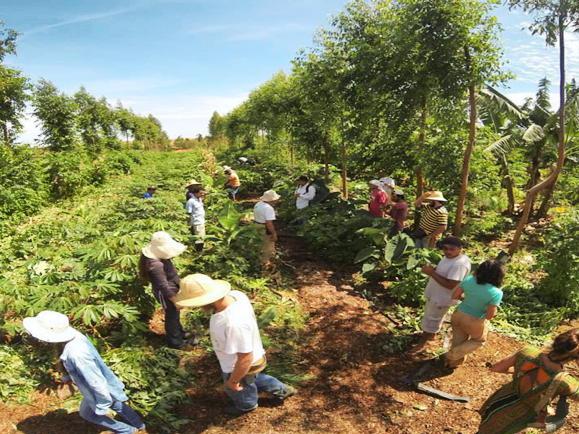ABIEC, the Brazilian beef exporters association, recently released their Profile of Brazilian livestock 2021 beef report.
It is an interesting read for Irish farmers as we wrestle with the challenge of maximising the return of the Irish beef sector, in the context of managing climate and environmental ambitions.
These are laid out in the EU Farm to Fork strategy, which is the framework on which the CAP is built. How it will operate in Ireland is the current topic of debate, as the Government consults on the structure of the Irish strategic plan.
This will be the basis for CAP payments to Irish farmers for the remainder of this decade.
In 2020, Brazilian factories processed 41.5m head
While Ireland debates constraining production, Brazil projects an expansion of its beef sector. The ABIEC report puts the Brazilian herd at 188m cattle in 2020, growing to 199m head by 2025 and 212m by 2030, an increase of 24m cattle.
In 2020, Brazilian factories processed 41.5m head. This is forecast to increase to 46.8m by 2025 and reach 51.8m in 2030, over 10m cattle more than in 2020, a 25% increase.
Brazilian beef consumption is predicted to increase from 7.7m tonnes CWE in 2020 to 11m tonnes CWE by 2030
Brazil currently accounts for 2.7m tonnes carcase weight equivalent (CWE), 20% of all beef that is traded on world markets and this is forecast to grow to over 3m tonnes cwe by 2030. This is modest given the forecasted 25% increase in cattle processed and the majority of additional beef produced is forecast to be consumed in the domestic market. Brazilian beef consumption is predicted to increase from 7.7m tonnes CWE in 2020 to 11m tonnes CWE by 2030.
Market for Brazilian beef
Brazil’s main export market for beef is China, which took 490,051t shipped weight (SW) in the first seven months of 2021, almost half of the total exports of 1.1m tonnes SW. Europe was historically Brazil’s main export market, but it has been declining in recent years as business developed with China.
Brazil is also a significant exporter to the Middle East and North Africa and Russia
In 2018, the EU imported just under 104,000t of Brazilian beef, 37% of the EU’s total imports, but this had fallen to 84,000t by 2020.
Brazil is also a significant exporter to the Middle East and North Africa and Russia, but is not particularly well established in Asian markets outside of China, compared with Australia, New Zealand and the US.
Brazilian sustainability
The ABIEC report dedicates a chapter to the sustainability of Brazilian beef production. They point out that 165.2m hectares, or 19.4% of Brazil’s land, is in pasture, with 41.6% in native vegetation and 6.5% in permanent preservation area.
Since 1990, cattle productivity has increased by 159%, with beef productivity increasing by 122%, while at the same time the area under pasture was 165.2m hectares in 2020, compared with 191.3m in 1990.
The report calculates that technological advances in the livestock sector have achieved the output increase that would have required a further 253.8m hectares without the technological improvements.
Brazil, like many of its South American neighbours and Ireland, is among the most suitable areas in the world in which to farm ruminant livestock. There is a tendency when we think of Brazil to focus on rainforest destruction.
While this has been happening again in recent years, this report shows that Brazil is planning to increase the number of cattle processed by 10m within the existing pasture structure and not intruding on the protected lands.
Irish farmers are never permitted to suggest that we are so small in a global context as not to make a material difference when it comes to GHG emissions
The industry in Brazil is planning to grow its cattle output by 10m head, more than five times Ireland’s total cattle kill. Yet in Ireland, farmers are forced to contemplate keeping less livestock and are compelled to enter eco schemes to try and retain their CAP payment in the next round.
Irish farmers are never permitted to suggest that we are so small in a global context as not to make a material difference when it comes to GHG emissions, and it is a fair point that everyone should do their share. Where this policy hits the buffers is when we look beyond Europe at what is planned in the rest of the world.
The EU’s limited impact assessment of Farm to Fork recognised the likelihood of carbon leakage because of the policy. This report from Brazil again reinforces how wrong national targets are and the global problem that is climate change requires a global solution, not wrestling with a few cattle here and there in Ireland alone.






 This is a subscriber-only article
This is a subscriber-only article










SHARING OPTIONS: